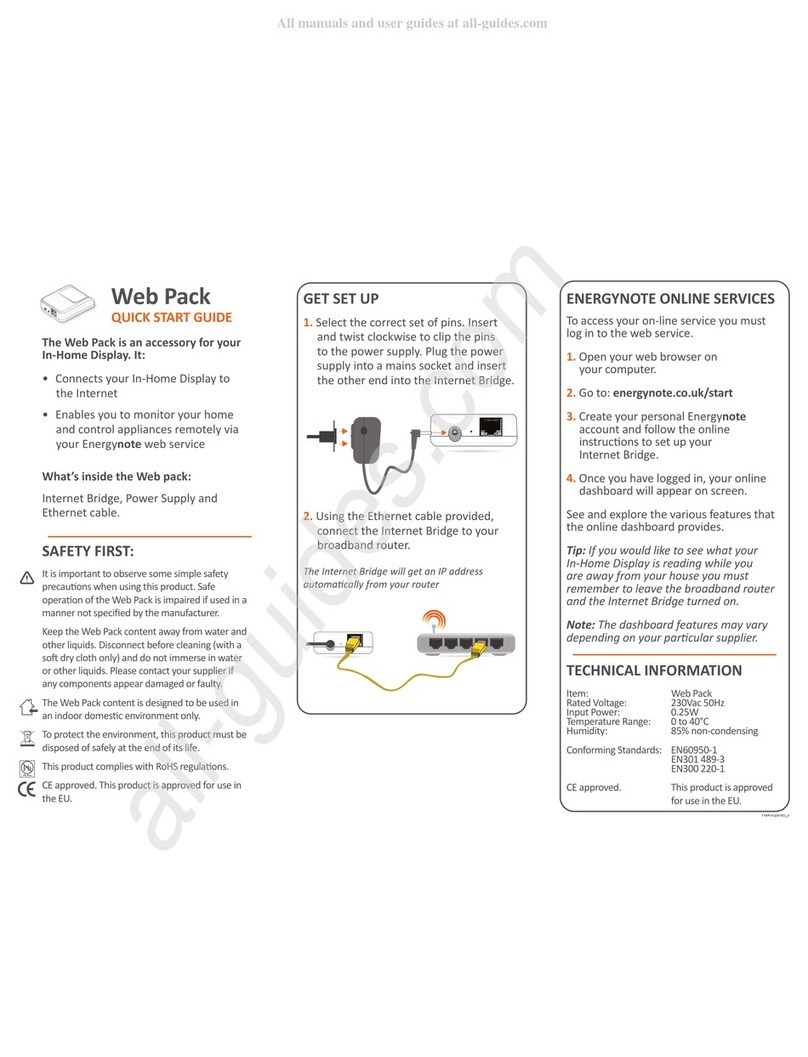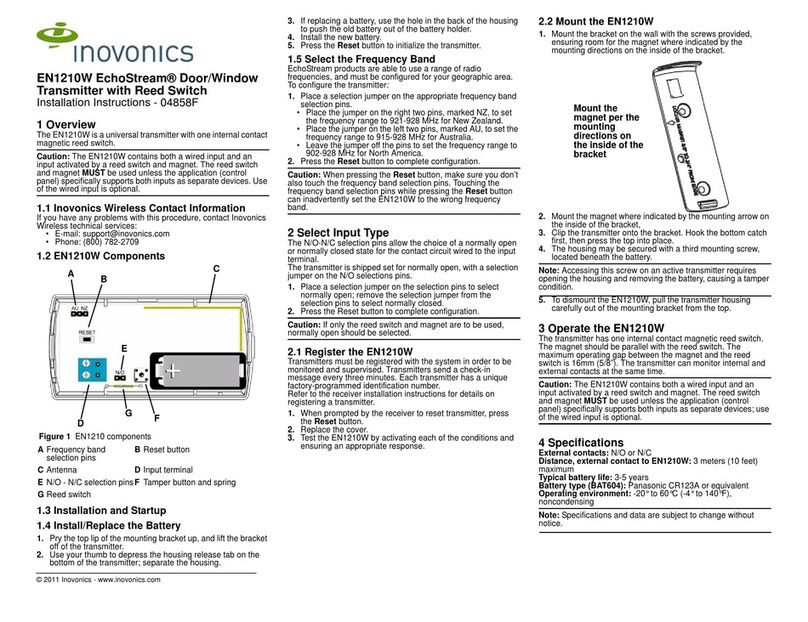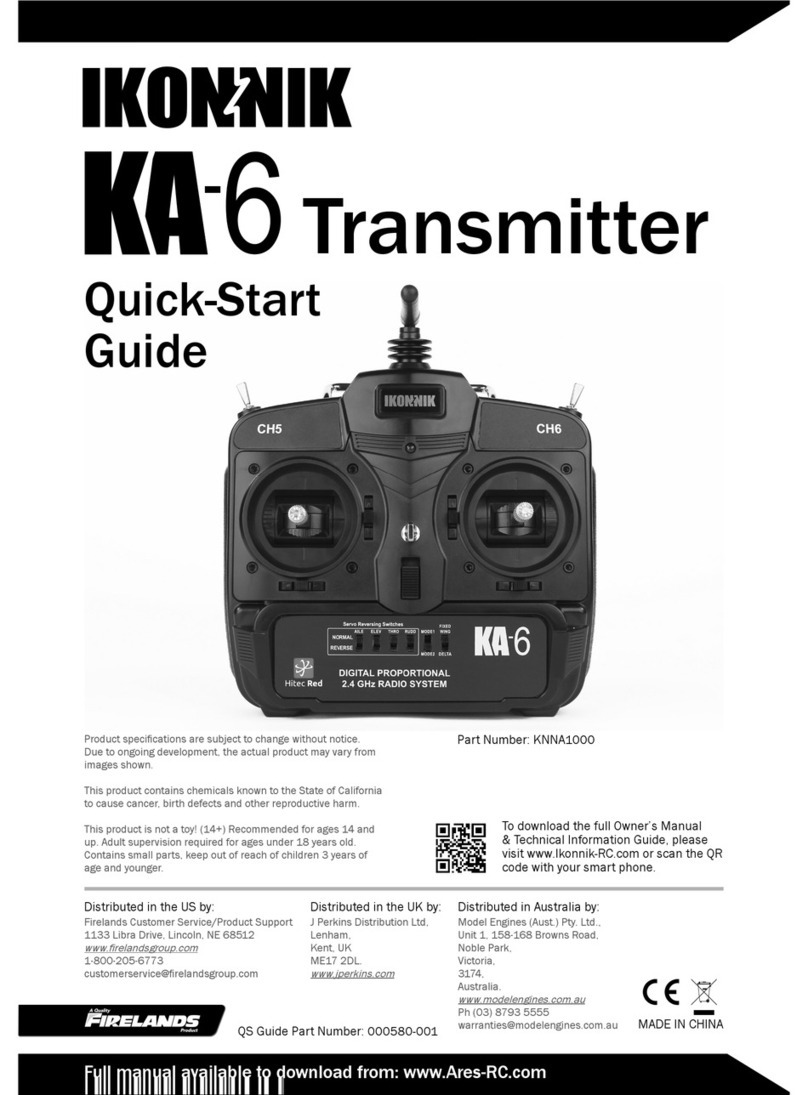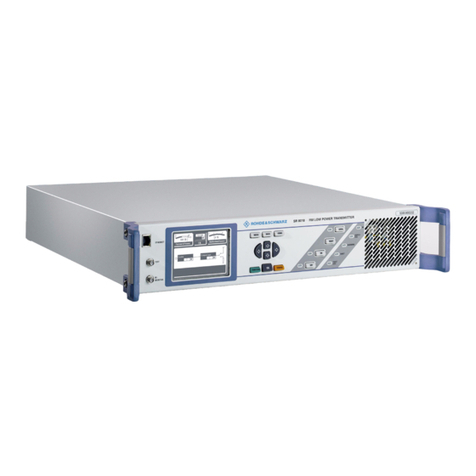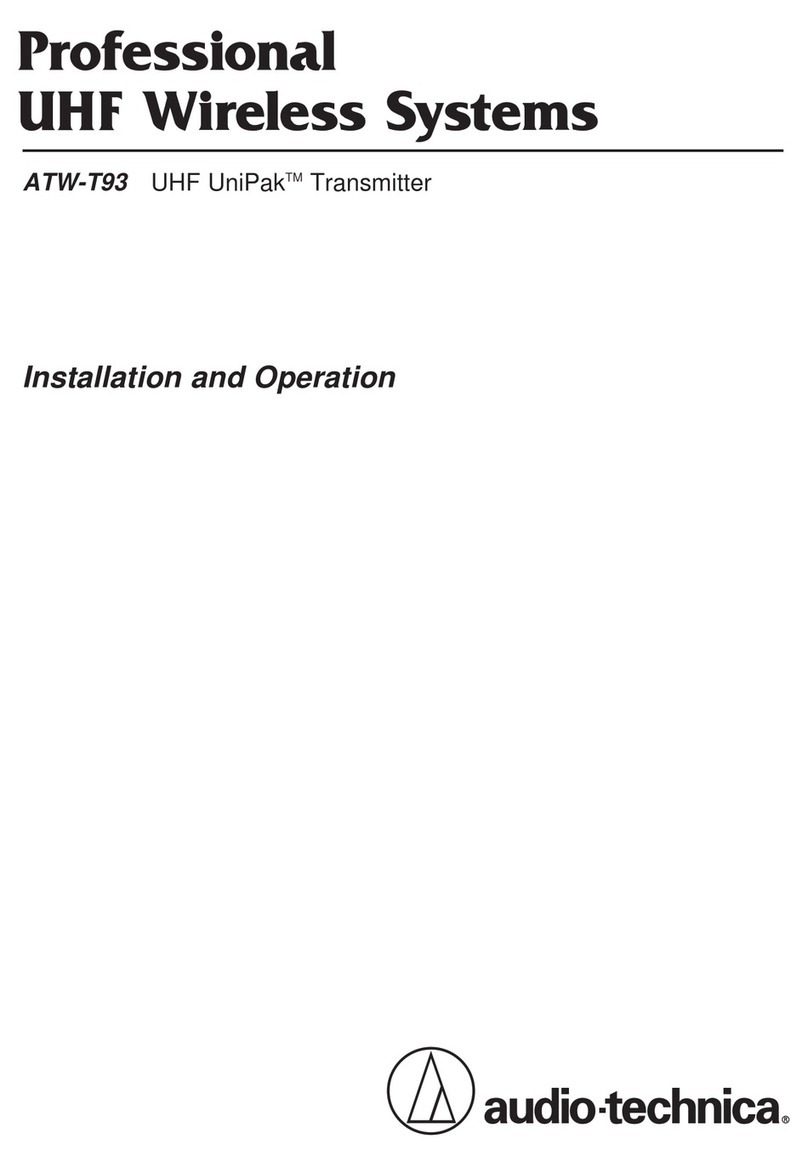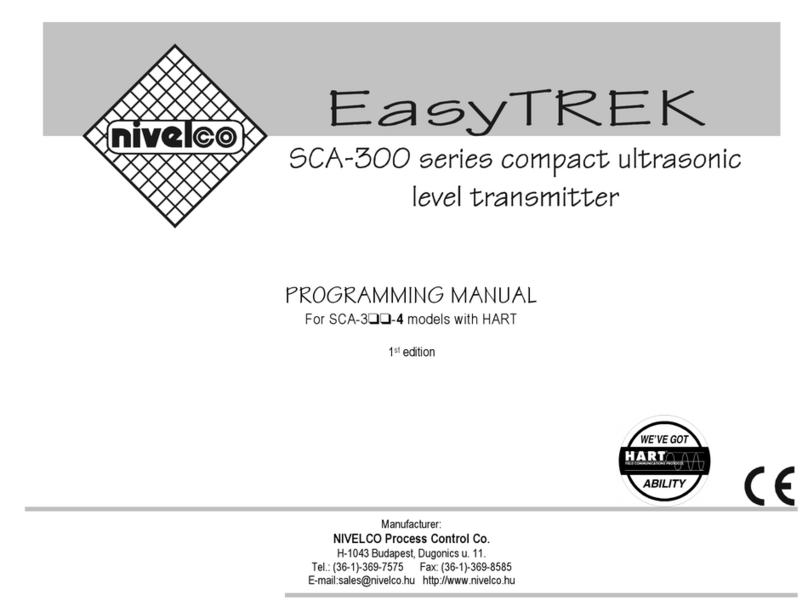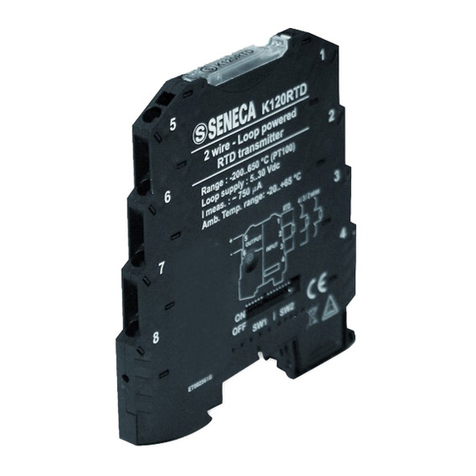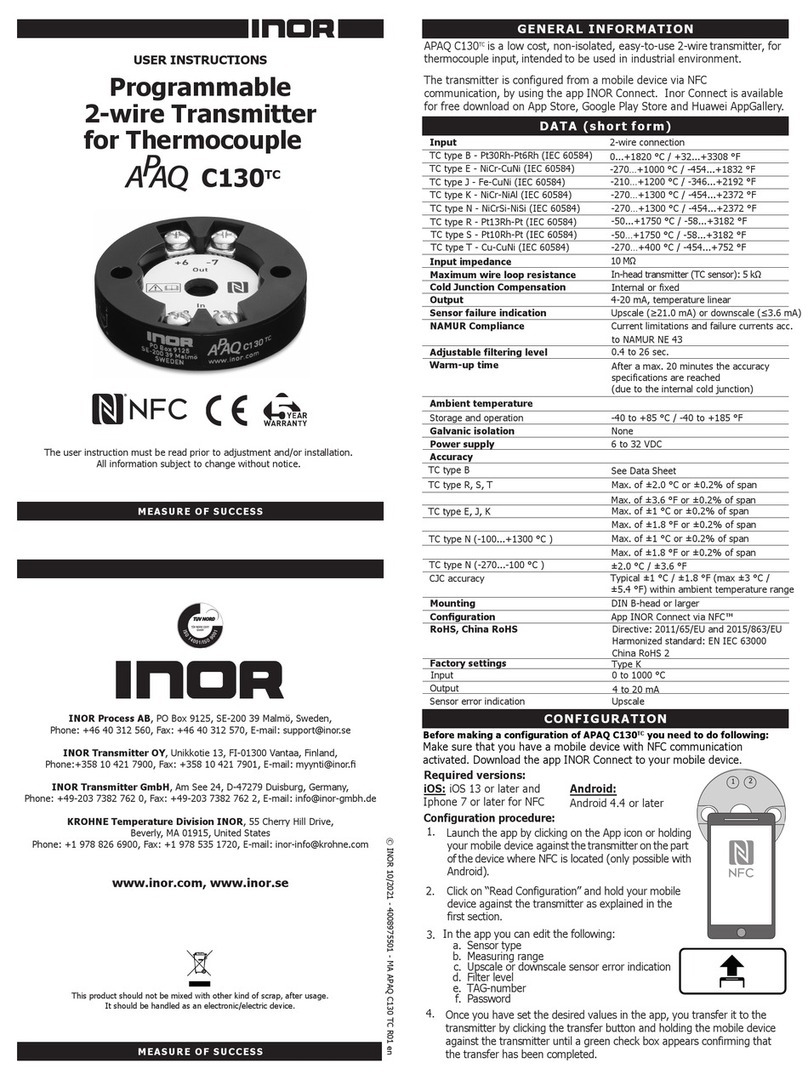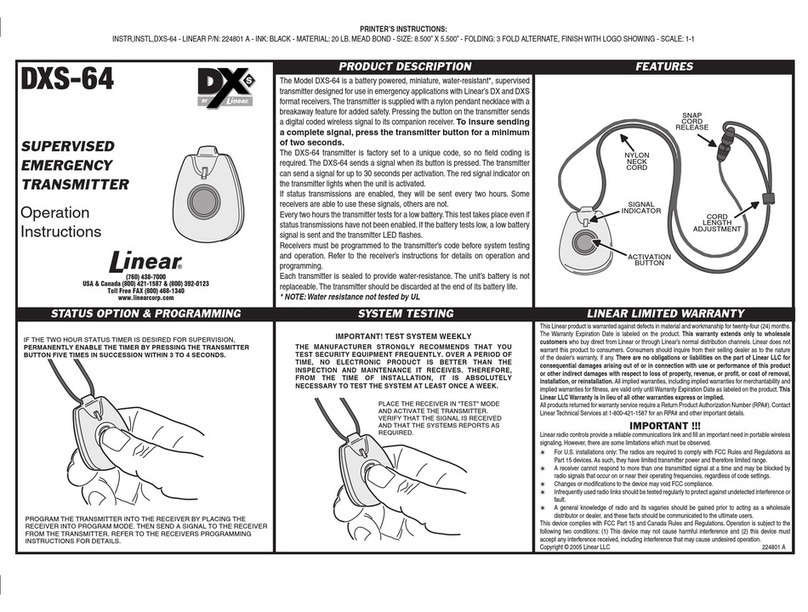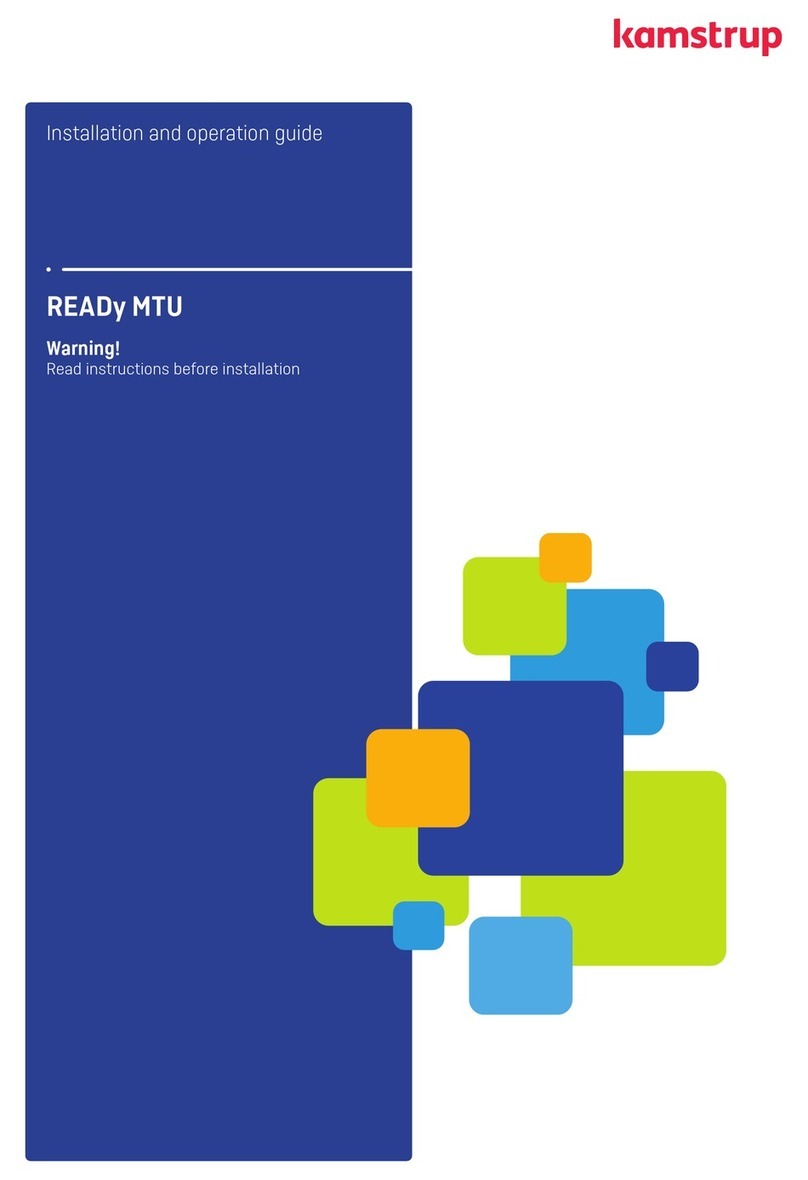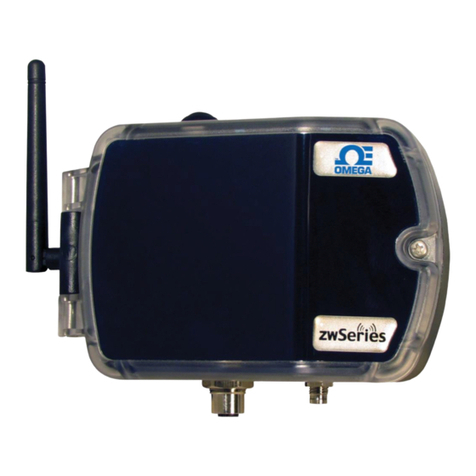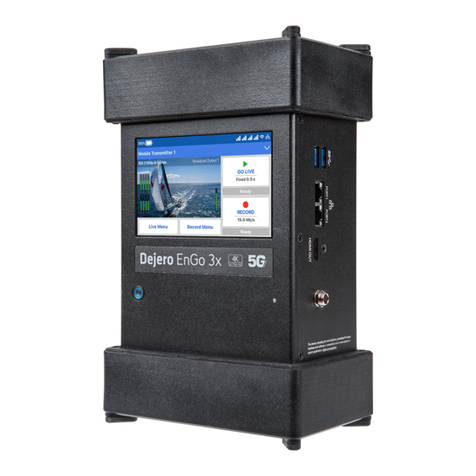Monitoring vibrations of machinery in operating conditions allows examining the trend of the vibrations over time, predicting
which part will start to deteriorate rst and planning maintenance so as prevent production stops because of serious faults
and the consequent economic losses.
Rarely does a vibratory phenomenon develop over time according to linear or known laws; sometimes it increases gradually,
as in the case of wear, other times rapidly, as in the case of faulty lubrication, or it occurs suddenly and severely, as in the
case of breakage of turbine blades.
You can act timely to prevent major damage caused by high vibrations only by continuous monitoring using instruments
equipped with alarm and locking devices that are activated when vibration exceeds preset safety limit values.
Vibration is monitored by means of a sensor facing the rotor in correspondence to the measuring point and a cable connect-
ed to a signal power and processing board.
Initially designed and developed for monitoring steam turbines of large thermoelectric power stations (where they are of vital
importance), continuous monitoring instruments (whose cost has come down considerably) have proved to have manifold
application possibilities and usefulness in the most varied industrial plants, wherever there are high-end machines that need
to be highly accurate and maintained such over time, or auxiliary machines (fans, pumps) whose failure would cause pro-
duction stops with the resulting economic losses.
The transmitter operates with a current loop of 4-20 mA and, depending on the model, has a current output proportional to
the distance between the sensor and the target (displacement measurement), the target vibration (vibration measurement)
or the gearwheel rotation speed (speed measurement).
The TR-NC8 measuring system is made up of three parts:
• T-NC8/API series no-contact sensor
• T-NC/API series extension cable
• TR-NC8 transmitter
No-contact sensor Extension cable
